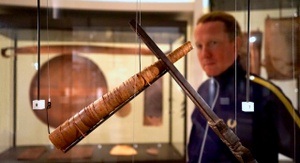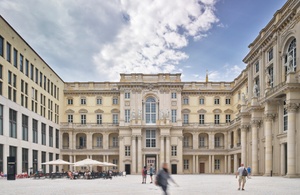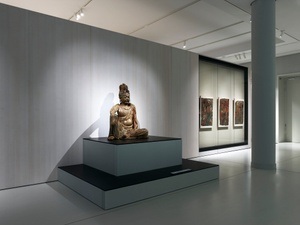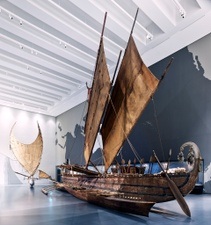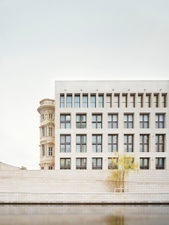Zwischen Norm und Freiheit: Geschlechter im Wandel
In the organizer's words:
What does it mean to be a man or a woman? What expectations are imposed on people and what roles are ascribed to them based on their gender? These questions concern us today, but were also important during the Enlightenment. Using female figures such as Dorothea von Rodde-Schlözer and Émilie du Châtelet as examples, the paths taken by women into science are shown. Women such as Henriette Herz, who operated in her salon, played a central role as cultural and intellectual mediators for social development in the 18th century. Phillis Wheatley, who became a poet as an enslaved woman, and Mary Wollstonecraft, who campaigned against civil marriage, are examples of women who fought for freedom. The exciting life story of Catharina Margaretha Linck, who became known as Anastasius Lagrantinus Rosenstengel, also provides an insight into queer history. In the 18th century, scientists began to explore the body anew, and the idea emerged that there were natural differences between men and women. These supposed differences were defined politically and socially hierarchically. The tour uses numerous objects to tell the story of gender models in the 18th century.
This content has been machine translated.



